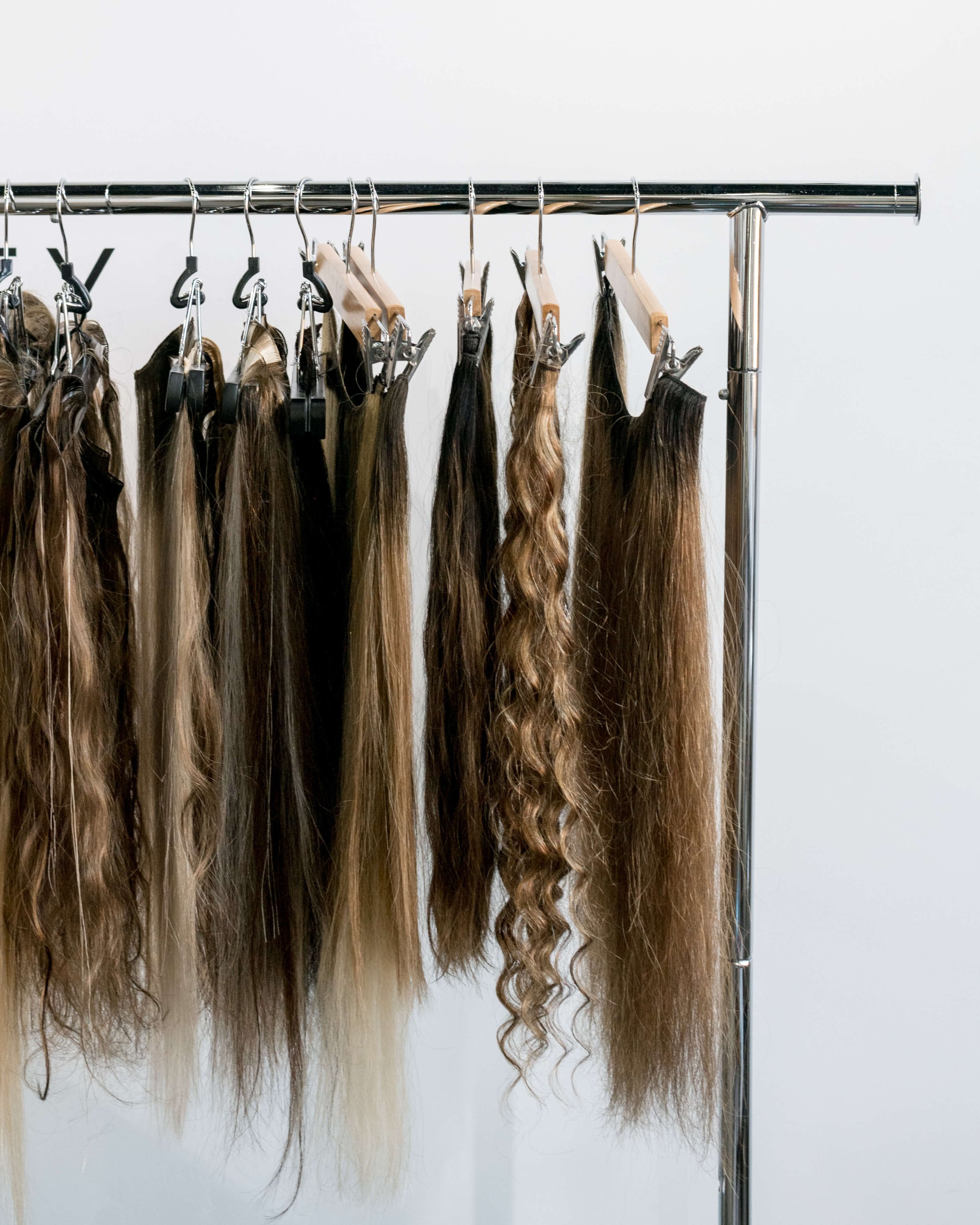3 Reasons Why Tape-Ins are So Out
When tape-in extensions became widely popular a few years ago, you probably thought to yourself “Tape? In my…hair?” Your gut instinct is usually right – and in this case, it definitely was. Despite marketing efforts to convince you otherwise, tape-ins are extremely damaging to your natural hair. Let’s talk about why.
1. ONE WORD: TAPE!
Not only is the hair applied with tape – it’s applied with medical-grade adhesive tape. This tape is extremely strong which allows the extensions to stay put. Essentially, your natural hair is sandwiched between two pieces of high-grade adhesive. You can use common sense to understand why this is damaging.
2. THE REMOVAL
“But what about the solution used to remove them? I thought it didn’t cause damage?” This is a frequently asked question. Unfortunately, that’s also not entirely true. Of course, some of your natural hair is pulled out with the tape during the removal process – but that’s not the only problem. Many of the solutions used to break down the adhesive contain alcohol and acetone. These harsh ingredients can cause dryness and irritation to the scalp and also damage the hair cuticle.
3. THE MARGIN FOR ERROR
There’s no denying that proper application can reduce the damage caused by tape-ins. That being said, I have seen so many cases of completely botched tape-in applications. There is so much room for error when it comes to tape-in applications, and unfortunately, not all stylists are properly trained or trained at all. Applying tape-ins too close to the scalp can make removal difficult while placing them too far down can result in tangling. If applied diagonally it will feel uncomfortable as they may drag or pull on the natural hair.
Essentially, tape-ins are not Extension Arts approved. Despite demand, I made the decision to remove Tape-In Extensions from our list of offerings years ago because the health and integrity of your natural hair is always my number one priority. That’s my promise.






